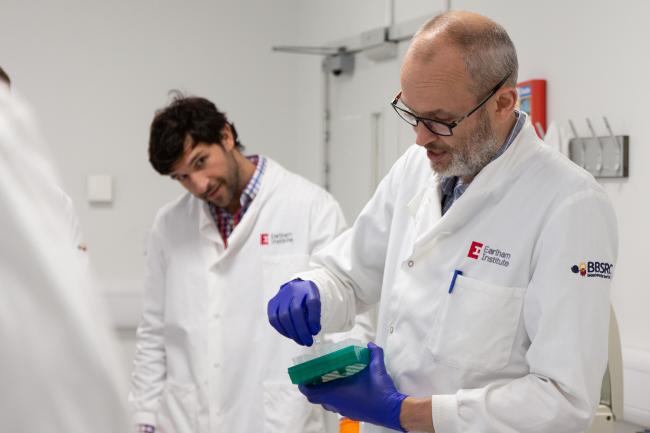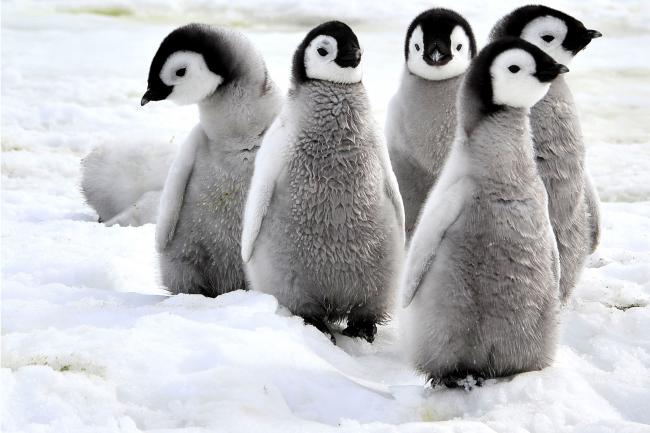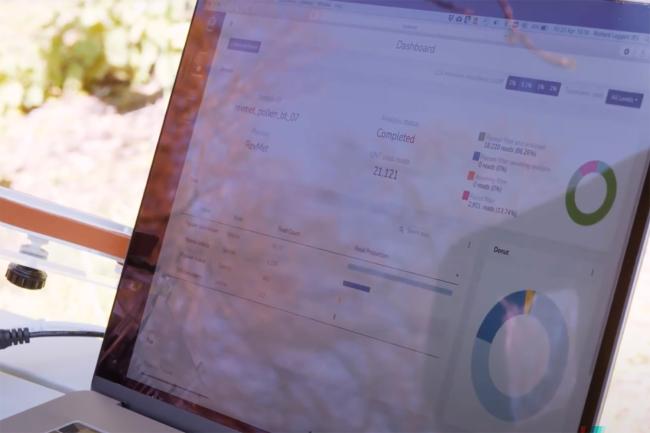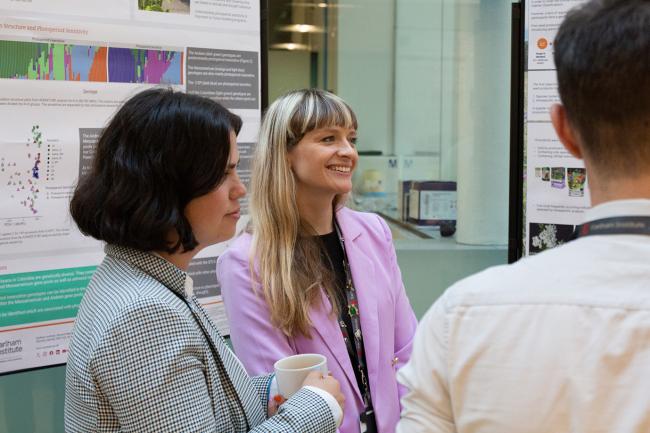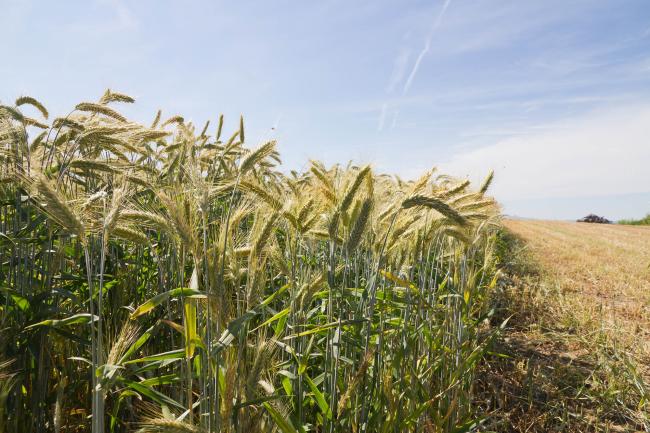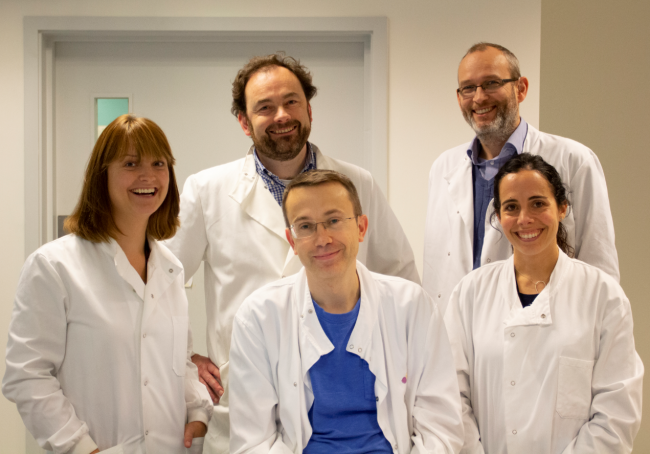AirSeq: using DNA sequencing to provide early warning of airborne pathogens
Highly sensitive, real-time, in-field detection of airborne pathogens
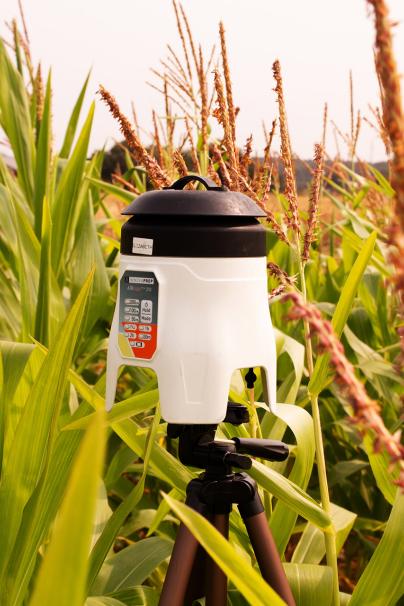
Contact details:
Richard is Group Leader of the Leggett Group.
His research interests include:
He has been involved in the development of a number of bioinformatics tools, including:
Graduating in Physics, Richard spent 10 years working as a software engineer, before undertaking an MSc in Advanced Computing Science and a PhD in Computational Biology.
His PhD thesis was entitled, "Computational approaches for the analysis and modelling of filamentous growth and branching of Steptomyces coelicolor".
Following the PhD, and prior to joining EI, Richard was a postdoc at The Sainsbury Laboratory, Norwich, looking at novel methods for SNP detection in reference-free organisms.

